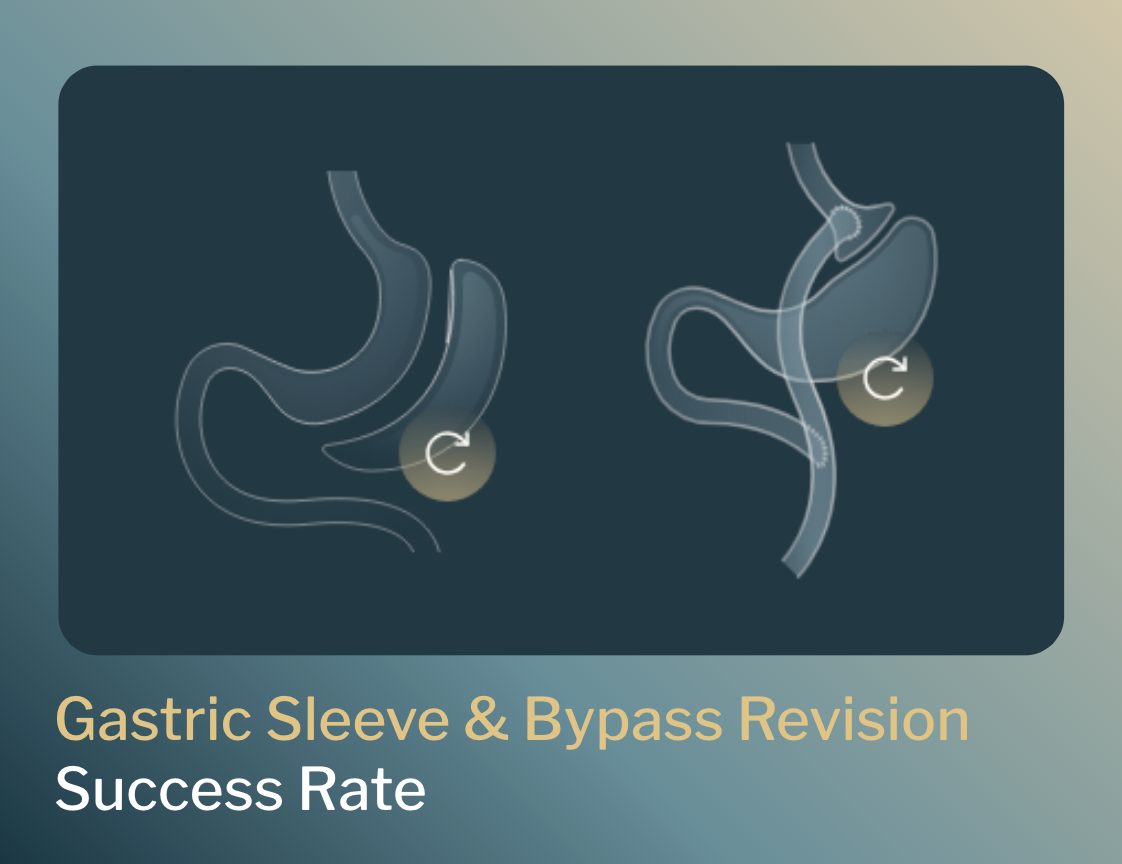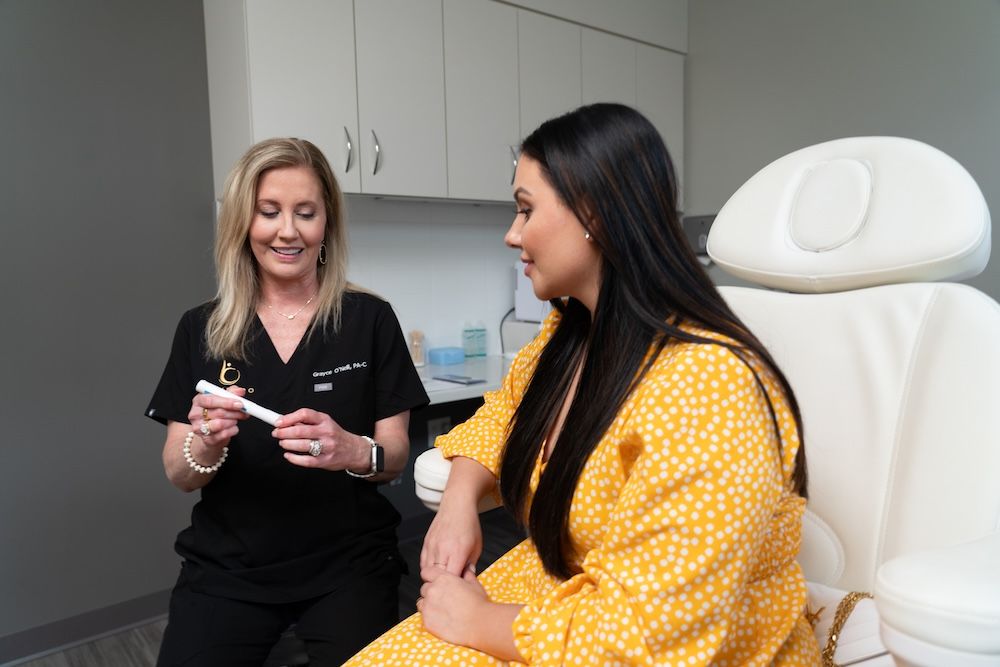Exercise After Gastric Sleeve: When to Start Weight Training
When can you lift weights after gastric sleeve? From walking to weight training, here's your guide to exercise after gastric sleeve and how to get moving safely

Bariendo Team
Team @ Bariendo
Whether you’re just considering gastric sleeve surgery or already on the road to recovery, exercise is crucial to weight loss success. Getting active can help boost metabolism, support muscle strength and even improve your mental health as you adjust to life after the surgery. But knowing when - and how - to start exercising after gastric sleeve is key to a safe and effective recovery.
Let’s talk about when you can start weight training after gastric sleeve and what you can do to get moving sooner. With the right approach, you can build strength gradually, support your weight loss goals, and enjoy the benefits of a more active lifestyle.
When Can I Lift Weights After Gastric Sleeve?
Most bariatric surgeons advise their patients to wait at least eight weeks after gastric sleeve surgery to start weight training. During this time, your body is recovering from the surgical changes to your stomach, and returning to strenuous activity too soon could interfere with healing or lead to complications.
Since everyone heals at their own pace, it’s important to get your doctor’s approval before you begin weight training. Once you’re cleared, focus on proper form and use light weights to avoid injury. Increase the intensity gradually to build strength safely and help you reach your fitness goals.
Your Timeline for Safe Exercise After Gastric Sleeve Surgery
Recovering from weight loss surgery doesn’t mean you have to put your exercise routine on hold forever, but it’s important to take things slow. In fact, gentle activity can actually support healing and help you ease back into an active lifestyle. Here’s a week-by-week timeline to help you create a safe exercise plan for gastric sleeve recovery.
Weeks 1-2: Focus On Rest and Gentle Walking
In the first two weeks after a sleeve gastrectomy, rest should be your main priority. Avoid any heavy lifting or strenuous activity and focus on gente movement, such as short, slow walks around your home. Gentle walking can help improve circulation and reduce the risk of blood clots, which is crucial during early recovery from bariatric surgery.
Aim for a few short walks each day, but listen to your body and don’t push yourself. Even a few minutes at a time can make a difference. Keeping it gentle and easy will set up for a safer return to exercise in the weeks ahead.
Weeks 3-5: Gradually Introduce Low Impact Activity
By weeks three to five, you may be ready to add a bit more movement to your routine. With your doctor’s approval, you can start incorporating low-impact exercises like brisk walking or yoga to build endurance without putting too much strain on your body.
Be sure to extend your walks gradually, aiming for around 10 to 15 minutes at a comfortable pace. Adding light, seated stretching exercises can support your range of motion, but be careful not to put any strain on your abdomen. Remember to listen to your body and take breaks as needed. This phase is about gradually reintroducing activity, not pushing limits.
Weeks 6-8: Incorporate Low to Moderate Intensity Workouts
As you approach weeks six to eight post surgery, your body should be healing well enough to start introducing low to moderate intensity aerobic exercise. With your doctor’s permission, you can build on your walking routine by adding low impact cardio, like cycling, and incorporating basic bodyweight exercises, such as seated leg lifts, gentle lunges, or wall push ups.
Only do activities that feel comfortable and avoid any type of exercise that strains your core or abdomen. If you feel up for it, you can gradually increase the duration and intensity of your workouts, but remember to keep movements gentle and controlled. This phase is about preparing your body for more challenging exercises down the road, while allowing your body to continue healing.
Week 8 and Beyond: Begin Weight Training With Your Doctor’s Approval
Many bariatric patients are ready to add light weight training to their return by week eight, but it’s important to get your doctor’s approval first. By this time, your body has had time to heal, making it safe to slowly introduce strength exercises to help build muscle and support your weight loss efforts.
Start with light weights or resistance bands and use proper form, focusing on exercises that target your arms, legs, and back. Gradually increase the weight and repetitions as your strength improves, prioritizing control over intensity. Be sure that you’re fully cleared by your healthcare provider before doing any exercises that put strain on your abdomen.
Benefits of Exercise After Gastric Sleeve
Exercise offers powerful benefits for those recovering from gastric sleeve surgery. Staying active helps you lose weight more efficiently and can even improve your mood. Let’s take a look!
Enhanced Metabolic Rate
One of the biggest benefits of exercise after gastric sleeve surgery is its impact on your metabolism. Regular physical activity helps increase your metabolic rate, which means your body burns more calories at rest. This boost in metabolism can support steady weight loss and make it easier to maintain your results over time.
Simple activities like walking and light cardio can have a positive effect, and as you build up to more intense workouts, your metabolism will continue to respond. By making exercise a regular part of your routine, you’re helping your body work more efficiently, making it easier to reach your weight loss goals.
Improved Muscle Mass and Strength
Exercise helps build and preserve muscle mass, which is especially important after gastric sleeve surgery. As you lose weight, maintaining muscle helps keep your body strong and gradually improves muscle tone.
Muscle also burns more calories than fat. By incorporating weight lifting into your routine, you’re setting yourself up for long-term weight loss success and helping to keep the weight off in a healthy, sustainable way.
Supports Weight Loss Sustainability
Exercise is a powerful tool for maintaining weight loss over time. After gastric sleeve surgery, regular physical activity helps you sustain your progress by burning calories, building muscle, and keeping your metabolism active. Exercise also reinforces healthy habits and makes it easier to stay committed to your weight loss journey.
Staying active reduces the risk of weight loss plateaus and weight regain, which are common after gastric sleeve surgery, especially if healthy habits aren’t maintained. Exercise is an essential part of creating a lifestyle that supports long term success and better overall health.
Psychological and Emotional Benefits
Exercise doesn’t just benefit your body, it also boosts your mental and emotional well-being. Physical activity releases endorphins, which are natural mood lifters that can reduce feelings of stress and anxiety. It can bring a sense of accomplishment and help improve confidence as you work toward your health goals.
Staying active can also support mental resilience, helping manage the challenges that come with post-surgery recovery. From the satisfaction of completing a workout to the empowerment of building muscle strength and tone, exercise provides valuable emotional support that enhances your quality of life.
How ESG Can Help You Get Back To Exercise Sooner
For those looking to lose weight without the extended recovery time of traditional surgery, ESG Stomach Tightening, or Endoscopic Sleeve Gastroplasty, offers a non-invasive alternative. ESG is performed endoscopically, meaning there are no external incisions or scars. This approach allows patients to resume resistance training and light aerobic exercise right away and begin working their core much sooner.
ESG’s non-invasive approach and quicker recovery time allow patients to resume their normal routine just a day or two after the surgery. As healing progresses, they can gradually introduce exercise and strength training much sooner. If you’re eager to maintain an active lifestyle without a lengthy recovery, ESG is a valuable alternative to gastric sleeve for achieving significant weight loss without the downtime.
Your Path to a Healthier Lifestyle Starts Here
Exercise is a vital part of a healthy lifestyle and sustainable weight loss, no matter which method you choose. If you’re looking for a weight loss solution that allows you to return to exercise more quickly, consider non-surgical options like ESG Stomach Tightening.
Schedule a free consultation with the weight loss experts at Bariendo to learn more about how ESG and other minimally invasive options can support your weight loss journey. We’re here to help you find the best path to lasting weight loss and better health.

